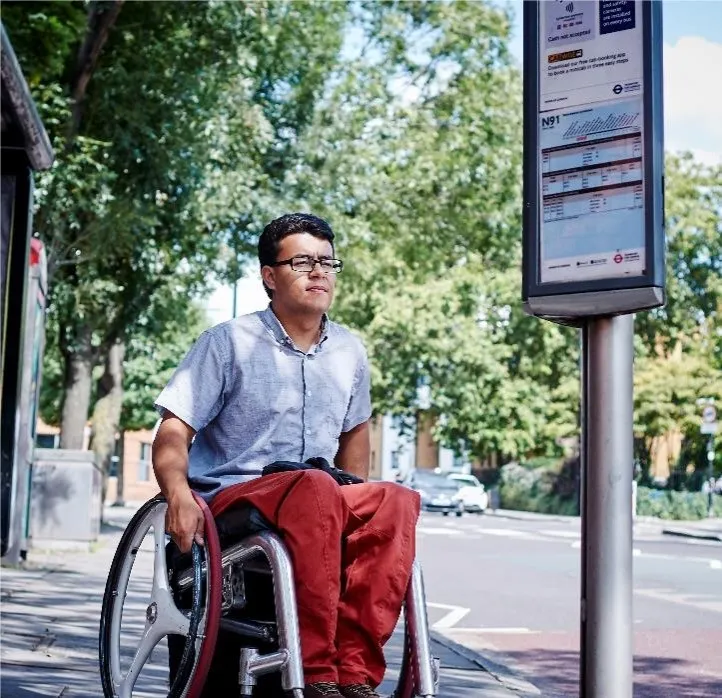Dat.Mobility is featuring its recently launched Sense.Dat, the company’s own app for individual mobility monitoring, sampling and change motivation. With Sense.Dat, all sorts of organisations can get a deep insight into mobility behaviour and the mobility choices people make, interview them on the reasons why, and propose incentives to change.
April 5, 2016
Read time: 1 min

Dat.Mobility is featuring its recently launched Sense.Dat, the company’s own app for individual mobility monitoring, sampling and change motivation. With Sense.Dat, all sorts of organisations can get a deep insight into mobility behaviour and the mobility choices people make, interview them on the reasons why, and propose incentives to change.










